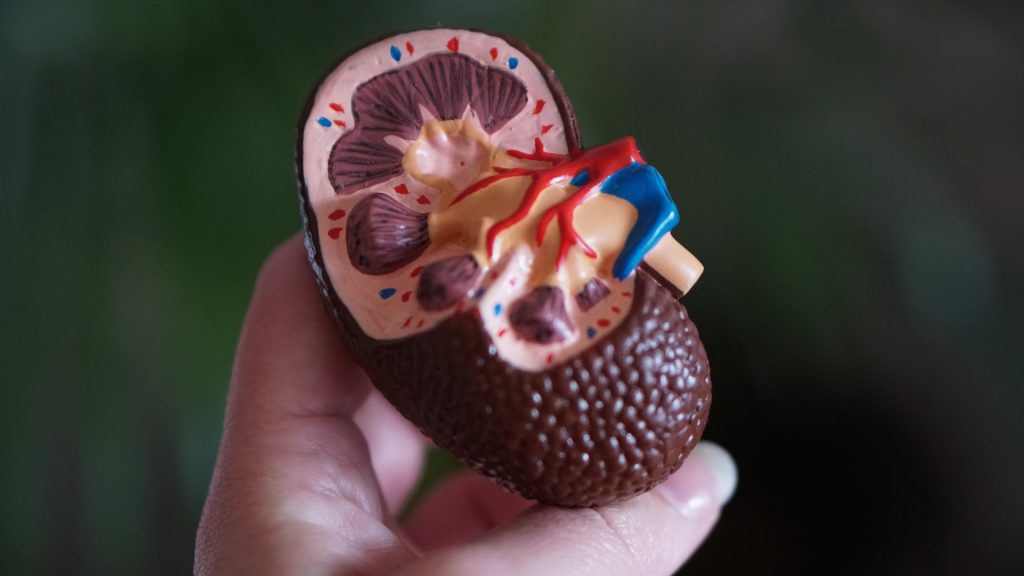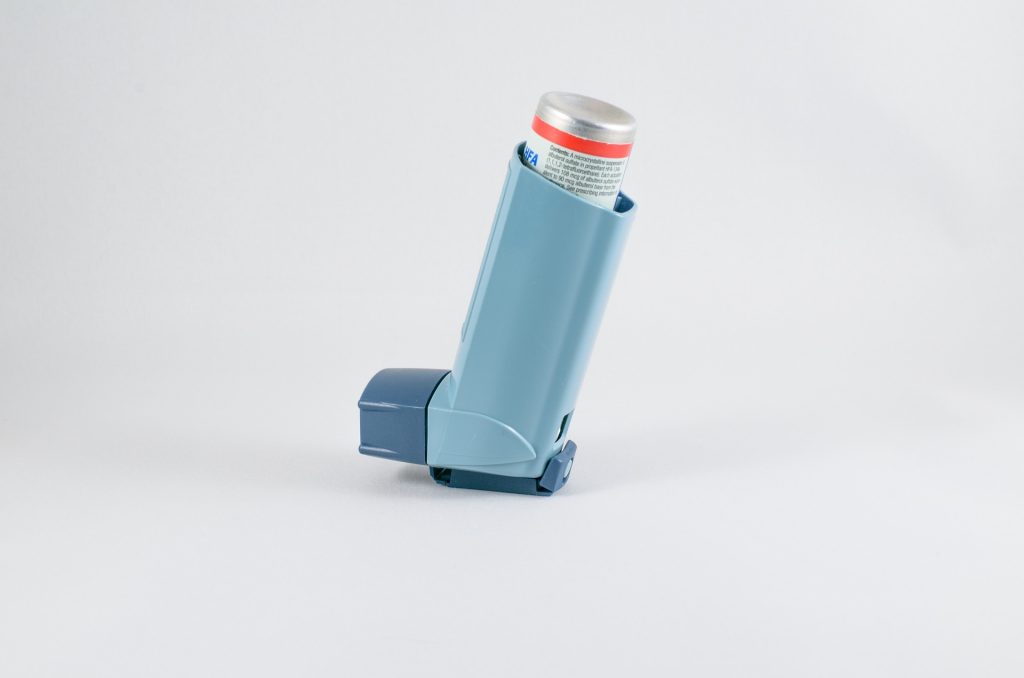Higher Than Expected Levels of Psychosis Spectrum Symptoms among Youth

A new study published in Biological Psychiatry: Cognitive Neuroscience and Neuroimaging has found evidence that Psychosis Spectrum Symptoms (PSS) are often present in youth accessing mental health services.
From a profile of the initial 417 youth aged 11–24 participating in the study, 50% were shown to meet the threshold for Psychosis Spectrum Symptoms, a number that study co-lead Associate Professor Kristin Cleverley says was higher than expected, meaning there is a large number of children with these symptoms accessing mental health services.
Cleverley, of the Lawrence Bloomberg Faculty of Nursing Cleverley, says that what is novel about this study is that researchers are assessing early indicators that might predict whether someone is more at risk of developing Psychosis Spectrum Disorder, and examine whether there is a point at which earlier intervention for that youth could be more effective.
“Traditionally, early psychosis care starts when there is a serious presentation of psychotic symptoms, which usually occurs in the late teen years,” says Cleverley. “The current approach to identifying children at risk of developing a psychotic disorder is only about five percent effective, but with this study we can start to assess certain patterns or changes in function that can signal if an earlier intervention may be beneficial.”
Psychosis Spectrum Disorder can be extremely disabling, and is linked to cognitive impairment, long-term disability, and higher rates of death by suicide than other mental illnesses. Even without a diagnosis of psychosis, Psychosis Spectrum Symptoms can severely affect youth.
This study is one of three projects being led as part of the Toronto Adolescent and Youth (TAY) Cohort Study that is set to follow 1500 youth over the course of five years. The goal of the cohort study is to better understand the populations of youth seeking mental health treatment, how their mental health symptoms and functioning change over time, and whether early predictors of psychosis spectrum disorder can be determined.
This study was co-designed with patient and caregivers in addition to involving extensive engagement from clinicians. A novel aspect of the TAY Cohort Study is youth are given access to a patient-facing dashboard of their research results that is also integrated into their clinical record.
“We wanted to ensure that the study was embedded in the clinical program so that research assessments could be immediately utilised within clinical practice, including supporting decisions about interventions or services,” says Cleverley.
This longitudinal study will include a follow-up every six months, and will provide researchers access to information about whether symptoms in these youth become chronic or episodic, and whether these changes are related to developmental milestones or environmental stressors, or changes to mental health services.
“Our goal with this research is really to characterise this population better so that we can identify new strategies that will complement existing strategies for early identification of youth at risk of psychosis,” says Cleverley. “It also creates an important opportunity for graduate students and researchers to develop sub-studies for this sample that will enable further research to improve youth mental health outcomes.”
Source: University of Toronto





